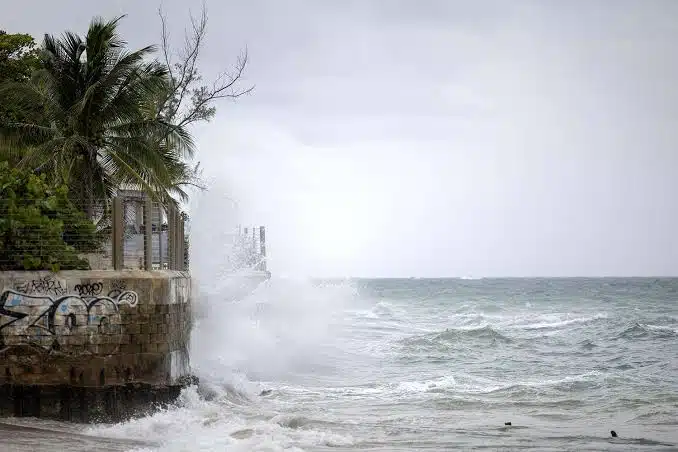Beaches along the United States East Coast are being closed as Hurricane Erin continues to swirl northward in the Atlantic Ocean, raising fears of dangerous rip currents and hazardous surf from Florida to New England.
Local authorities have advised swimmers and surfers to stay away from the water, warning that even experienced swimmers could be swept out to sea.
Although the storm is not expected to make direct landfall in the US, forecasters warn of possible life-threatening flooding in low-lying parts of North Carolina. The warning comes as Puerto Rico has already felt Erin’s impact, with torrential rains swamping homes, blocking roads, and displacing residents in some communities.
The US National Hurricane Center (NHC) said Erin weakened slightly to a Category 2 storm on Tuesday, but still packs maximum sustained winds of 105mph (168km/h). Despite losing some intensity, meteorologists emphasize that Erin remains dangerous because of its sheer size.
The storm’s tropical storm-force winds extend nearly 230 miles from its core, making it far larger than most hurricanes of similar strength.
Weather experts note that Erin is forecast to grow even bigger as it moves northward, threatening to disrupt holiday travel and seaside businesses along the East Coast.
States including Florida, South Carolina, and Massachusetts have already issued advisories, with lifeguards stepping up patrols and beach towns preparing for possible coastal flooding.
Residents in some coastal areas are being urged to monitor weather alerts and take precautions as Erin’s outer bands are expected to produce heavy rainfall, localized flooding, and strong rip currents over the next few days.







